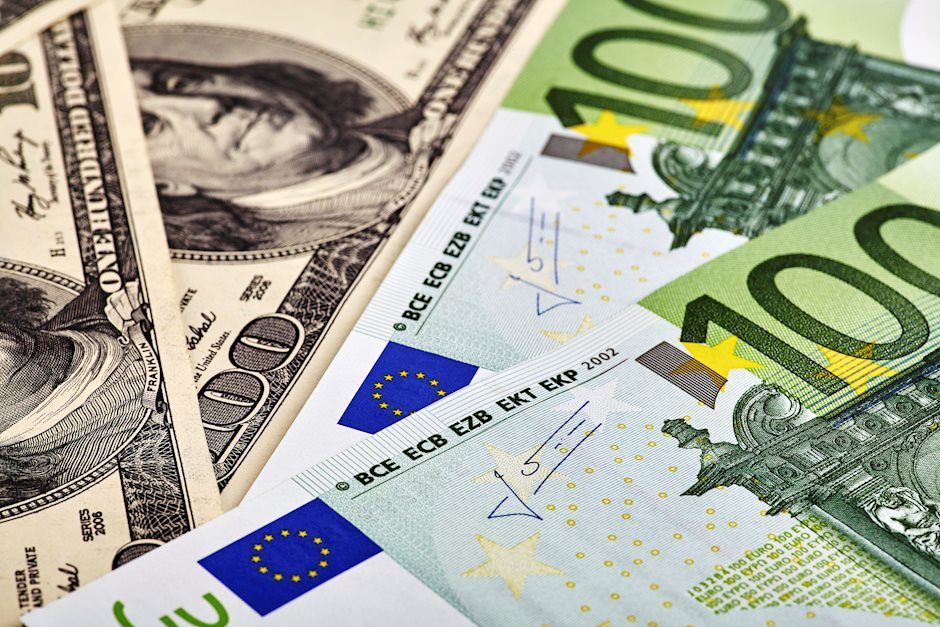Could Events in Italy Put Downward Pressure on the EUR/USD?

History to Predict the Future: What's the overall trend of EURUSD?
The EURUSD is the most traded foreign exchange pair in the world. The common currency, as the euro is also known, is the official money in 19 of the 28 European Union member states. At the same time, it is also official money in smaller states like Monaco or Vatican City which are not EU members. Additionally, some countries, whilst having their own money, have currencies pegged to the euro i.e. Denmark, Bulgaria or some African nations like Morocco, Ivory Coast, Congo. However, the euro has only been in existence for roughly 20 years. Yes, there was agreement in 1995 about the setup, but officially it became an account currency in 1999. It started life on a back foot, quickly moving below $1 as for example someone would only need $0.85 to buy one euro in early 2000s.
In July 2008 the exchange rate was more than $1.60 for one euro, so it almost doubled in less than 10 years. The reason behind that impressive rally? By and large, it was perceived as a proxy for the Deutsche mark, Germany’s former currency. After reunification in 1990, Germany struggled economically for the best part of the next decade but then it made a comeback with a vengeance.
Amid globalisation, Germany quickly became an industrial powerhouse, the engine driving the European manufacturing force. And of course, the euro strengthened with it.
Since 2008 though, the euro has been mostly on a downward slope against the US dollar and is now trading just below 1.12. First, we had the recession in the US which spread like wildfire and brought demand for the dollar as a safe haven currency (out of euros). That was followed by a shift from globalisation and free trade mindset to a more protectionist attitude among some of the developed world’s top politicians (if not in reality at least in rhetoric).
The euro got caught in the middle. On one hand, Germany is a country running a budget surplus and 40% of its economic growth is due to exports. On the other hand, struggling economies like Greece,
Italy or Spain are running deficits. Their domestic troubles pushed the euro down which, from a monetary point of view, benefited exporting economies (the Netherlands, Germany). We know that a weaker currency is good for exports, but it also makes imports more expensive.
It easy now to see why some Eurosceptics are regarding the euro as ‘the worst of both worlds’. It is too strong for countries like Germany and the Netherlands, growing on steroids due to that‘monetary unfair advantage’, whilst other countries like Spain, Italy or Greece feel the opposite effect due to the same process. That sparked a string of anti-euro politicians coming to power in Europe or threatening to do so. Recently, Italy’s leader Matteo Salvini triggered a government crisis in trying to push for fresh elections. His anti-Brussels views are well known.
Currently we are in the middle of a currency war where everyone wants to devalue its own money in order to get that bit of extra edge on its trade partners. Lowering the central bank interest rate is among the first measures taken so far in trying to achieve that. Going forward, the direction of EURUSD will probably be conditioned on those devaluation attempts, who’s going to do it more effectively?
As we mentioned earlier, it rallied to a high of 1.6038 seen on July 2008 but since then we saw a
string of lower highs and lower lows. There are also a few counter-trend rallies which lasted for 12 to 18 months but the broader direction is clear – South.
Bearish outlook
The market price is below the 9- and 21-week moving averages. The 9-week MA (red line) has crossed below the 21-week MA (Blue line) in December 2017 and if history is any indication, that cross was a bearish signal. In the past (red circles) that happened in November 2008, March 2010, July 2011 and September 2014 and there were all reliable downtrend predictors. Next long-term support is around 1.0850 followed by record low of 1.034 seen on January 2017.
Bullish outlook
On the upside, we see resistance around 1.1550 which held well in the past (for 2 and a half year from February 2015 to July 2017) as well as resistance at 1.2050 and 1.2370. A cross above 1.237 would shift the medium-term trend to bullish.
The blue circles on our chart show the inflexion points when the counter trend rallies happened and could have been taken advantage of as they lasted more than 12 months.
A rally back to 1.167 which is 23.6% Fibonacci retracement from a high of 1.6038 to a low of 1.0340 should also be considered as a short-term possible scenario.
Author

Ray Shen
CPT Markets
Graduated from Canada TRU university of finance department, national golden trader; Engaged in financial industry for more than 10 years; Served as a staff writer of many networks, magazines and media; Invited as guest lecturer fo


















